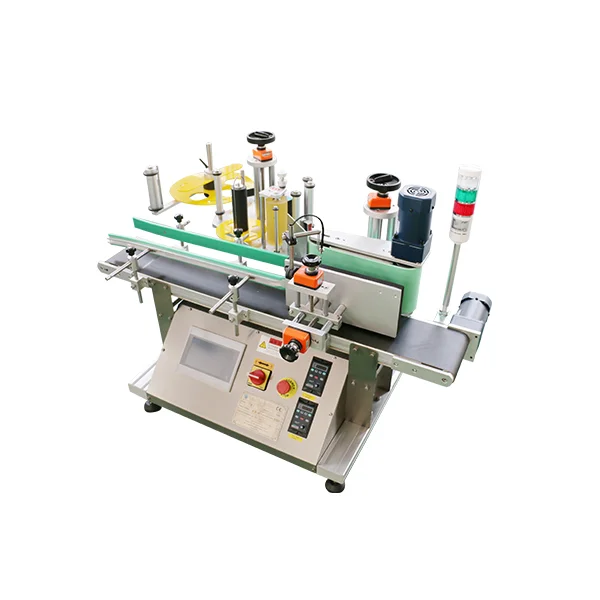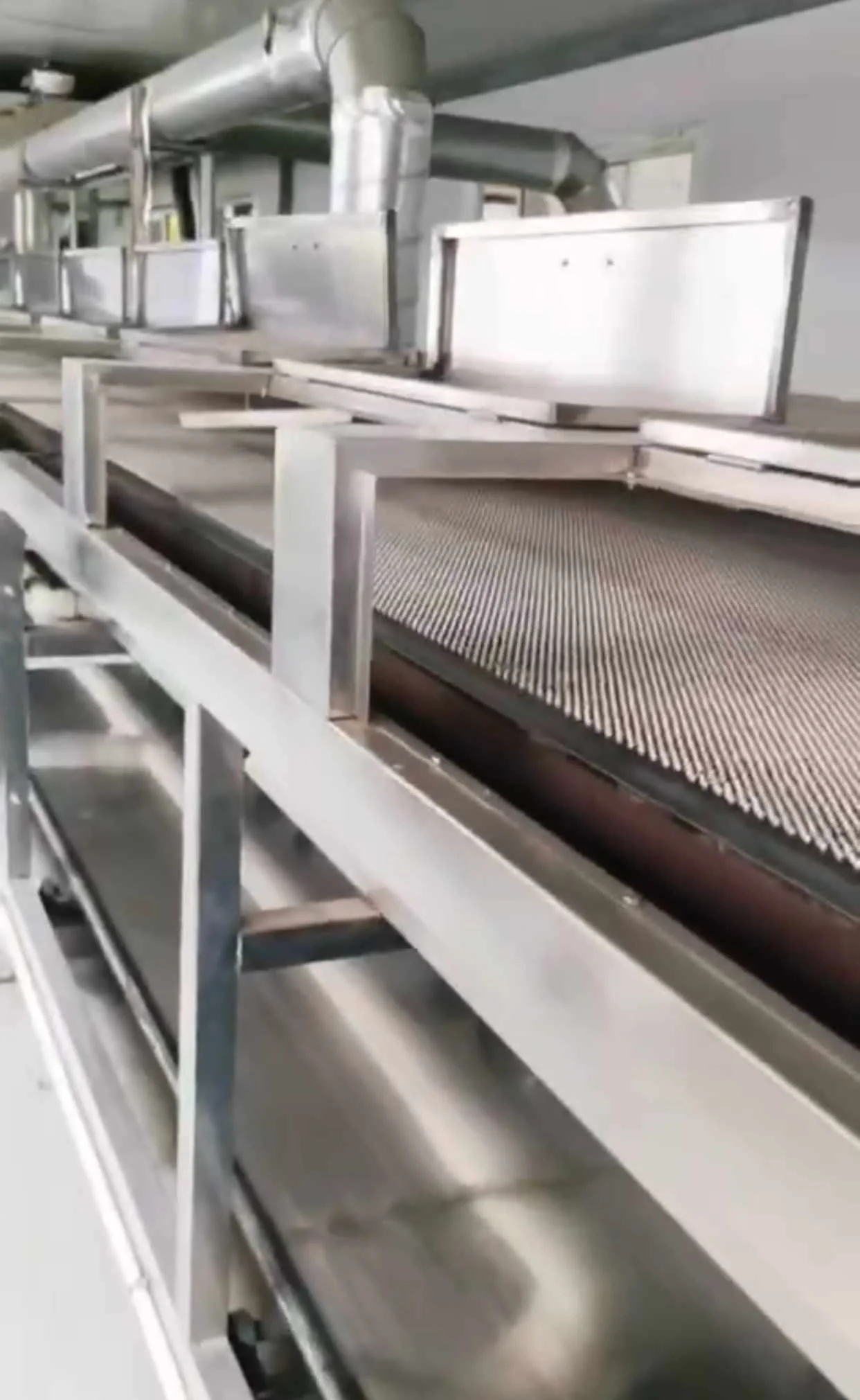The wood precision cutting machine tool has revolutionized woodworking. These tools date back to the early 20th century, evolving from manual methods to advanced technology. Today, they allow for intricate designs and high accuracy in cutting. Craftsmen and manufacturers rely on these machines for efficiency and quality.
With features like automated controls and laser guidance, they enhance productivity while reducing waste. Whether you're a hobbyist or a professional, understanding this tool is essential. It opens doors to creativity and precision in woodworking projects. Dive into the world of wood precision cutting and discover how it can transform your craft.
Key Takeaways
-
Invest in a high-quality wood precision cutting machine to enhance accuracy and efficiency in your woodworking projects, as highlighted in the "Understanding Wood Precision Cutting Machines" section.
-
Familiarize yourself with key features such as adjustable speed and blade types to maximize the benefits of your machine, which are detailed in the "Key Features and Benefits" section.
-
Explore diverse applications, from cabinetry to flooring, to see how these machines can elevate your craftsmanship, as discussed in the "Applications in Cabinetry and Furniture" and "Flooring and Construction Uses" sections.
-
Prioritize safety by following the guidelines provided in the "Safety Tips for Operation" section to prevent accidents while using your cutting tools.
-
Regular maintenance is crucial; adhere to the "Maintenance and Care Guidelines" to prolong the life of your equipment and ensure optimal performance.
-
Implement best practices outlined in the "Best Practices for Optimal Results" section to achieve consistent, high-quality results in your woodworking endeavors.
Understanding Wood Precision Cutting Machines
Definition
Precision wood cutting machines are essential in woodworking. They allow for accurate cutting of various materials. These machines include tools like CNC wood cutters and electric wood cutting tools. Each tool has specific features that cater to different needs.
These tools help create intricate designs and precise cuts. They ensure that the finished products meet high standards. The use of these machines boosts productivity and reduces waste. This is crucial for both hobbyists and professionals.
Technology
The technology behind precision cutting focuses on accuracy and efficiency. Most modern machines use Computer Numerical Control (CNC). This allows for automated control of the cutting process. It improves precision in every cut made.
CNC wood cutters can handle complex shapes and sizes easily. They work by following a programmed design, which ensures consistency. This technology minimizes human error, leading to better results.
Many precision wood cutting tools also utilize laser technology. Laser cutting offers fine precision. It creates smooth edges without the need for sanding or finishing. This method is ideal for detailed projects.
Choosing the Right Machine
Selecting the right machine is critical for successful woodworking projects. Different projects require different types of tools. For example, a specialized wood cutter tool may be needed for intricate designs. On the other hand, a quality cutting machine might be better suited for larger pieces.
Factors to consider include the type of material being cut and the desired outcome. Familiar wood cutting tools may suffice for simple tasks. However, more complex projects often demand advanced machines.
For example, choosing between an electric wood cutting tool or a CNC wood cutter depends on the project scale. Electric tools are typically more accessible for beginners. CNC machines offer advanced capabilities for professional use.
Popular wood cutting tool works also play a role in decision-making. Researching what others have found effective can guide choices. Always consider reviews and specifications before making a purchase.
In summary, understanding wood precision cutting machines enhances woodworking skills. The technology behind these tools provides accuracy and efficiency. Selecting the right machine ensures success in various projects.
Key Features and Benefits
Slicer Features
Wood precision cutting machines come with important slicer features. These include a replaceable self-healing cutting surface. This design allows for longer use without wear. Users can easily swap out the cutting surface when it becomes worn out. This ensures that the machine maintains its cutting efficiency over time.
Additional features include ergonomic handles. They provide comfort during extended operation. The design reduces strain on the user’s hands and wrists. This is especially beneficial for those who use the machine frequently.
Replacement Blades
Purchasing replacement blades is straightforward. Many manufacturers offer extra blades tailored to specific models. Having spare blades on hand ensures that users can quickly replace dull ones. This minimizes downtime and keeps projects moving forward.
Quality replacement blades enhance the overall performance of the machine. They ensure clean and precise cuts, which is crucial for woodworking projects. Users should always choose high-quality blades to maintain optimal results.
Adjustable Stop Feature
The adjustable stop feature is essential for achieving consistent repeat cuts. This function allows users to set specific cut lengths easily. It eliminates guesswork, ensuring each cut is accurate.
This feature is particularly useful in production settings. For example, when making multiple identical pieces, the adjustable stop saves time. Users can simply set it once and make repeated cuts without measuring each time.
Material Cuts
Different materials require different approaches when using a wood precision cutting machine. The machine can handle various types of wood effectively. However, understanding how to adjust settings based on material type is key.
For softer woods, lighter pressure may suffice. In contrast, harder woods may require more power and sharper blades. Knowing these differences helps users achieve better results.
User Comfort
Ergonomics play a significant role in user experience. The machine's design considers user comfort throughout operation. Comfortable grips and balanced weight distribution reduce fatigue.
This focus on comfort allows users to work longer without discomfort or injury. A well-designed tool makes all the difference in productivity and satisfaction.
Consistent Cuts
Achieving consistent cuts improves both quality and efficiency in woodworking projects. With features like the adjustable stop, users can replicate cuts with ease.
This consistency is vital in professional settings where precision matters most. It not only speeds up the workflow but also enhances the final product's quality.
Applications in Cabinetry and Furniture
Streamlining Processes
Precision cutting machines play a vital role in cabinetry. They streamline the cabinet-making process significantly. These tools allow for quick and accurate cuts, reducing production time. Craftsmen can achieve uniformity across all pieces. This consistency improves the overall quality of the work.
Using these machines, workers can cut various materials with ease. They handle wood, plywood, and even composite materials effectively. The ability to make precise cuts reduces waste. Less waste means lower costs and a more efficient use of resources.
Benefits of Accurate Cuts
Accurate cuts lead to better furniture assembly. Each piece fits together seamlessly, enhancing the overall design. This precision helps avoid gaps that can occur with manual cutting methods. A well-fitted joint increases the durability of furniture.
Moreover, accurate cuts improve aesthetics. Clean lines and perfect angles create visually appealing products. Customers appreciate high-quality finishes in their furniture. Smoother edges also mean less need for sanding after assembly. This further speeds up the production process.
Versatility in Custom Solutions
These machines offer versatility in creating custom cabinetry solutions. Cabinet makers can design unique pieces tailored to specific needs. They can adjust settings for various shapes and sizes easily.
For instance, a craftsman can create intricate patterns or curves that would be difficult by hand. This flexibility opens up new possibilities in furniture design. It allows for creativity without compromising on precision.
Precision cutting machines support different types of projects. Whether it’s a large kitchen remodel or a small furniture piece, they adapt well. This adaptability makes them essential tools in modern woodworking shops.
https://www.ubwoodoptimizing.com/OPTIMIZING-CROSS-CUT-SAW
Union Brother (China) Co., Ltd



